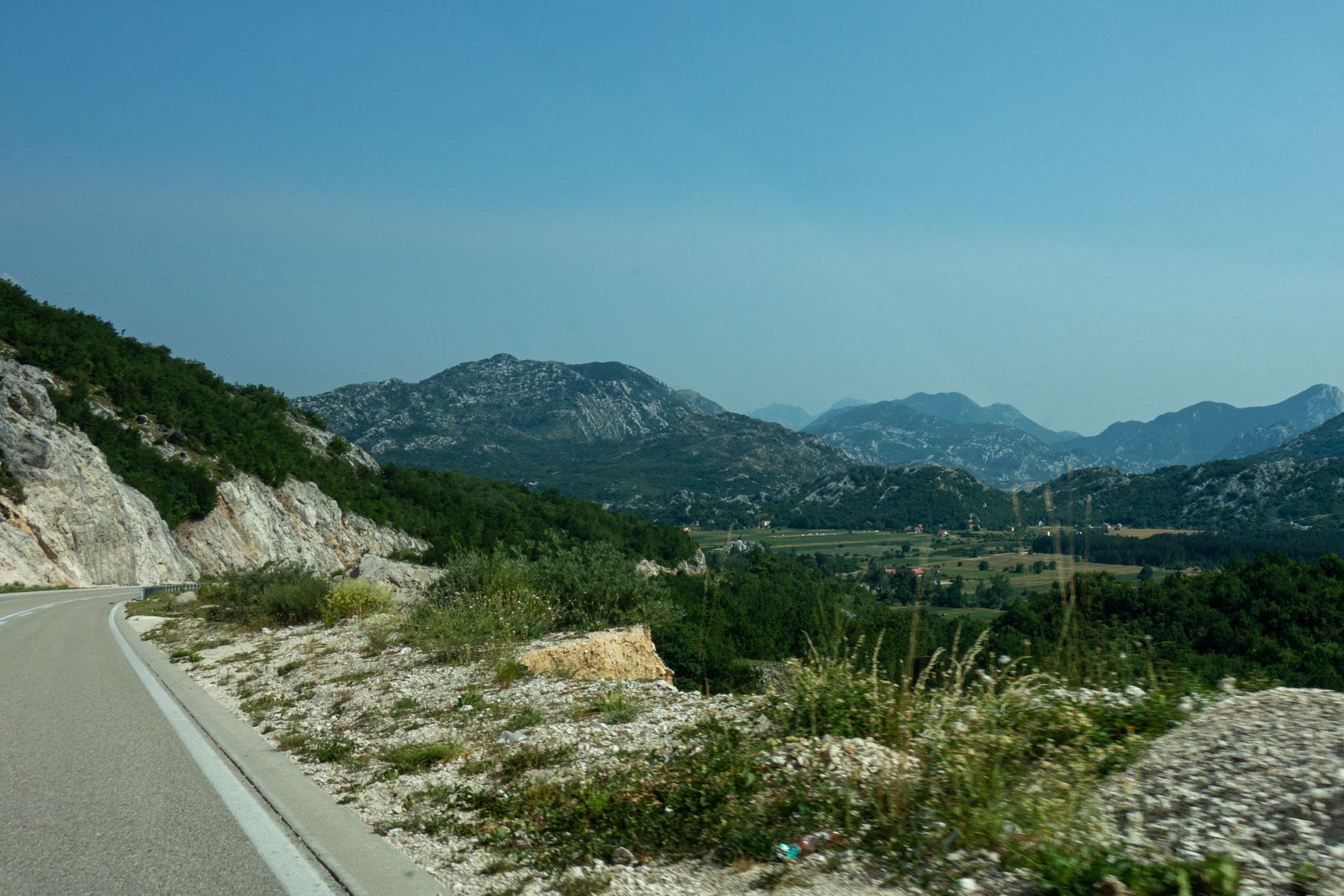Montenegro Traffic Guide
How to drive in Montenegro
Montenegro is a beautiful, widely underrated destination on the Balkan Peninsula. The country offers varied nature from the Adriatic coast to the Dinaric Alps. As public transport in Montenegro is still relatively underdeveloped, the best way to explore the country is by car.
In this article, you will find out which traffic regulations you should observe in Montenegro, whether you can drive your own car in the country and what the availability of hire cars, petrol stations etc. is like.
Montenegro's traffic rules at a glance
- Driving is permitted from the age of 18 in Montenegro. The EU driving licence is sufficient as a driving licence.
- Right-hand traffic applies in Montenegro. Accordingly, the right before left rule and the requirement to overtake on the left also apply.
- Whilst overtaking, you must keep your indicators flashing. School buses and children's buses that stop to board or alight are not allowed to be overtaken. Overtaking in convoys is also prohibited.
- The speed limit in urban areas is 50 km/h. Outside built-up areas, the maximum speed limit is 80 km/h. A speed limit of 100 km/h applies on dual carriageways. Motorways do not yet exist, but are already being planned.
- In Montenegro, dipped headlights must also be switched on during the day and in all weather conditions. Seatbelts must be worn by all vehicle occupants. Mobile phones may only be used with a hands-free system while driving.
- A warning triangle, high-visibility waistcoat, first-aid kit and a spare set of lights must be carried in the vehicle.
- Anyone leaving the car outside built-up areas in Montenegro must wear a high-visibility waistcoat.
- The alcohol limit for drivers in Montenegro is 0.3 per mille.
- Accidents involving personal injury or damage to property must be reported to the police immediately.
Driving in Montenegro
Th roads in Montenegro
Montenegro has a very mountainous, densely wooded landscape with a relatively low population density. Cities and settlements are therefore far apart, especially inland.

They are also separated from each other by high mountains and deep canyons and are only connected by a few roads, some of which are in poor condition. Driving is therefore difficult in these areas.
The areas populated by tourists are mainly confined to the Adriatic coast in the south-west of the country. Driving is generally possible here without any problems.
Out of town and in the mountains inland, the Foreign Office warns of poor road conditions with a lack of signposts and inadequate road lighting. This increases the risk of accidents. If you are not familiar with the area, you should therefore avoid travelling at night.
Fuelling stations and charging points
Petrol and diesel: The prices for petrol and diesel at Montenegrin petrol stations are slightly below the European average. If you are travelling in the coastal regions or in the capital Podgorica, you will generally have no problem finding a suitable petrol station.

The density of petrol stations is somewhat lower inland and in the sparsely populated regions of Montenegro. Anyone planning trips to the mountains or rural areas should therefore look for suitable petrol stations in advance and fill up before setting off.
Electric cars: Compared to other European countries, electric cars are not yet very widespread in Montenegro. There are a few charging stations for electric cars in tourist regions and the larger cities. Overall, however, a holiday with an electric car in Montenegro is not recommended.
Hydrogen cars: There are currently no hydrogen refuelling stations in Montenegro. A hydrogen car is therefore not suitable for a holiday in Montenegro.
Hire car or own car?
Montenegro can be reached by land with your own car. As a rule, the German licence plate number has been sufficient as proof of liability insurance since 2021. However, it is still advisable to carry an International Insurance Card. The oval D sticker must also be affixed to the vehicle. If your vehicle has significant bodywork damage, you should declare this when entering the country to avoid potential problems when leaving the country.
If you don't want to make the long journey to Montenegro in your own car, you can hire a car locally. The availability of hire cars is excellent, especially on the coast and at the airports. At popular holiday times, it is advisable to book in advance. The minimum age for most car hire companies is 21 years. The driver must also have held a driving licence for at least one year.
Fines
In Montenegro, fines for traffic offences can be collected directly on the spot by the police. Fines are usually around the following amounts:

- Exceeding the speed limit by 20 km/h: from 70 euros (approx. £60)
- Violation of the seatbelt requirement: from 40 euros (approx. £34)
- Drink driving: from 70 euros (approx. £60)
- Talking on the phone at the wheel: from 60 euros (approx. £51)
- Red light offence: from 70 euros (approx. £60)
- Parking offence: from 60 euros (approx. £51)
Conclusion: Travelling through Montenegro by car
To fully explore Montenegro, it is advisable to have a car on site, either in the form of your own vehicle or a hire car. Drivers should note, however, that the road conditions outside the tourist resorts on the coast are not ideal. Careful driving is recommended to avoid accidents. Driving outside the cities at night should also be avoided.
► Here you can find more information about the toll regulations in Montenegro so that you are optimally equipped for your journey.
